
Students of the rifle know of the Boer War (1899-1902) between Britain and Dutch settlers in South Africa. This little dustup rudely illustrated, to even the dullest British officer, the capability of an accurate rifle when managed by a man skilled in practical marksmanship. Suddenly, marksmanship training, or “musketry instruction,” as it was then called, became a hot topic.
The upshot of this was the birth of the Rifle Club Movement to promote marksmanship in Britain. Two pillars of this endeavor were Lord Roberts and Lord Salisbury, the latter often quoted as saying he “would like to see a rifle in every cottage in the land.” If he could see his country today it would bring tears to his eyes.
Most of Britain was simply too populous for long outdoor rifle ranges. Indoor ranges of 25 to 50 yards were possible, however, and soon appeared in every important town and village. Finding low-powered training rifles then became a problem because in 1900, ammunition production was in flux. Most cartridges, except for military rounds, were still available only as black-powder loadings. Semi-smokeless (a blend of black and smokeless) worked well sometimes but was erosive, and primer compounds then in use rusted bores in a few hours in humid Britain.
Esta historia es de la edición October - November 2020 de Handloader.
Comience su prueba gratuita de Magzter GOLD de 7 días para acceder a miles de historias premium seleccionadas y a más de 9,000 revistas y periódicos.
Ya eres suscriptor ? Conectar
Esta historia es de la edición October - November 2020 de Handloader.
Comience su prueba gratuita de Magzter GOLD de 7 días para acceder a miles de historias premium seleccionadas y a más de 9,000 revistas y periódicos.
Ya eres suscriptor? Conectar

OEHLER's New System 89 Chronograph
Measuring Bullet Performance Downrange
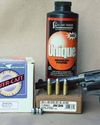
The Problem with Low Pressure Loads
Bullets & Brass
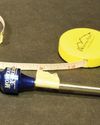
Measurements for Rifle Handloading
Handy Techniques for Accurate Ammunition
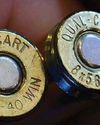
THE BRASS RING
In Range
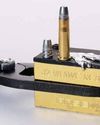
Semi-custom Bullet Moulds
Mike's Shoot in' Shack
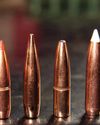
REVISITING THE 6.5 -06 A-SQUARE
Loading New Bullets and Powders
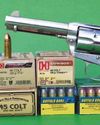
Cimarron Stainless Frontier .45 Colt
From the Hip
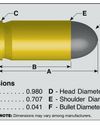
9x18mm Makarov
Cartridge Board
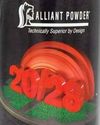
Alliant 20/28
Propellant Profiles
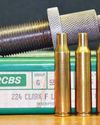
.224 Clark
Wildcat Cartridges